Real vanilla is expensive, yet it is produced in some of the poorest nations in the world. Where does the money go?
Expensive Real Vanilla
Everyone who has walked the baking aisle in the last ten years can attest to the sticker shock of a bottle of pure vanilla extract or even worse a jar of vanilla beans. Yet very few understand why this spice is so expensive. We have an in-depth blog on the topic, but we will briefly overview it now.
One reason is vanilla beans require hundreds if not thousands of manual hours to grow, harvest, and cure. We estimate that every (well-cured) vanilla bean is hand-massaged hundreds of times before it is shipped. That’s staggering.
First, vanilla beans grow in the jungle. When we picture a farm or a plantation, we usually picture neat and tidy rows of uniform and easily accessible plants. This is not how vanilla grows. The vanilla plant is a vine that soars up coconut trees. Not only that, but it thrives when intermingled with other plants and vines.









Here’s a picture of a vanilla plantation: walk or drive off a muddy dirt road at least a few miles up into the mountains, then on the side of the slope, under a thick jungle canopy, search for the vanilla vines you planted while wielding a machete to cut a path through the dense plants. The experience is less The Big Red Barn in Charlotte’s Web and more Indiana Jones.
Now, vanilla bean vines have to be tended daily during pollination and harvest seasons. During pollination season, between dawn and noon every day, each blossom must be hand pollinated with a toothpick. The delicate blossoms open at dawn and fall off the vine at noon unless they have been pollinated. During harvest, the plantation must also be accessed daily as the beans ripen sporadically over about a month.
Once the vanilla pods are picked, they must immediately be properly cured. (For a detailed account of the curing process, read this blog.) In short, they must be dipped, sweated, sunned, sorted, massaged, and dried. This is a meticulous process that takes months to accomplish properly.
Poverty in Vanilla-Producing Countries
Vanilla beans are produced in some of the world’s poorest (peaceful) countries because the number of man-hours required is so high. The price of vanilla would be astronomically high if it were produced for instance in Hawaii. Madagascar’s minimum wage is around $80/month while Hawaii’s minimum wage is currently $10.10/hr. Quite simply, nobody would buy pure vanilla if it was produced in wealthy tropical countries.
Countries like Madagascar face many challenges including systemic, structural, economic, and cultural. For instance, many Malagasy people are unwilling to put their money into a bank, not trusting that it will be there the next day. This means that when money is flooded into the bush, for instance during the buying season or a high-price vanilla year, most of that money is in the form of cash. Compounding this problem is that the highest denomination of Madagascar money accounts for very few US dollars. This means there are literally bags and bags and truckloads of cash being stored in bamboo huts. During a particularly high-price vanilla year about 7 years ago, the Madagascar treasury literally did not have enough bills for all the required vanilla business transactions and had to print additional money. For many Malagasy people, this kind of influx of cash is nearly mind-boggling and we heard stories of farmers smoking bills and taking baths in beer!
While these problems exist, the overall result is certainly a net benefit. The vanilla region in Madagascar is much, much better off than other regions of the country that are hot and dry and cannot grow vanilla. And, while there are certainly crazy stories about beer baths and money wallpaper, the influx of cash directly into the bush means that over time, the villagers become much more stable. Many are able to upgrade their homes from bamboo to corrugated metal, to wood plank, and then to cinder block. It is now not unusual to see a solar panel in the middle of a village to supply basic electricity to the villagers. Many villagers are also able to send their children to live with relatives in the closest cities so that the children can receive a formal education. All of this is of huge benefit to the country and the people.
Theft and Exploitation
The picture is definitely not all rosy though. For the past fifteen years, there has been a serious theft problem. Many farmers have resorted to sleeping out in the bush during harvest season to prevent thieves from picking the almost-ripe beans off the vine. In response, many farmers also tattooed their vanilla beans. This tattoo is registered in the village and if someone tries to sell beans with someone else's mark, the chief will not let any vanilla trades or business occur.

Additionally, there is exploitation that occurs in the traditional vanilla supply line. Typically, the chain is as follows: farmer, collector, curer, exporter, importer, and finally manufacturer/end user. With each link in the chain, a cut of the profit is taken and typically the exporters, importers, and manufacturers are foreign nationals which means money is leaked out of Madagascar itself. Also, often time it is the farmers that get the shortest stick in this arrangement.
At Cook Flavoring Company, we work with a Malagasy individual who acts as the collector, curer, and exporter and we act as the importer and manufacturer. With so many links in the chain eliminated it means that more money goes directly to the farmers, and because we work directly with the Malagasy, it means that all the money we use to buy our vanilla beans stays in the Madagascar economy. This arrangement also allows us to offer our customers more competitive pricing and allows us to speak directly to the farmers so we can be sure we get ripe and properly cured vanilla beans, keeping our quality at the highest standard. (We pay an additional premium per kilo for ripe whole and split beans and we never purchase cuts.)
Certifying Agencies
At Cook's we do not emphasize organizations like Fair Trade because, although potentially well-intentioned, we find that they make little difference in making changes that actually help the Malagasy farmers. We prefer to work directly to ensure there is no corruption or ethical concerns in our supply chain.
Conclusion
There are certainly ethical concerns that surround the vanilla market and we encourage all pure vanilla lovers to do their due diligence when making vanilla purchases. However, by buying pure vanilla products, you are ultimately supporting some of the world's poorest countries and making a real difference in the lives of otherwise impoverished people.
The vanilla crop is Madagascar's leading export. The traditions and culture surrounding the growing, curing, and exportation are beautiful and rely on true artisans and masters. Without these traditions, vanilla would evolve into yet another mechanized crop, the quality of vanilla would plummet, and millions of poor vanilla farmers would become impoverished subsistence farmers engaging in slash-and-burn farming out of necessity and chopping down acres of rainforest so that their families could survive.
Overall, at Cook Flavoring Company, we believe that everyone should use pure vanilla. We believe that consumers can feel good about supporting vanilla farmers and curers. And we believe that the vanilla industry provides real and meaningful good in Madagascar.
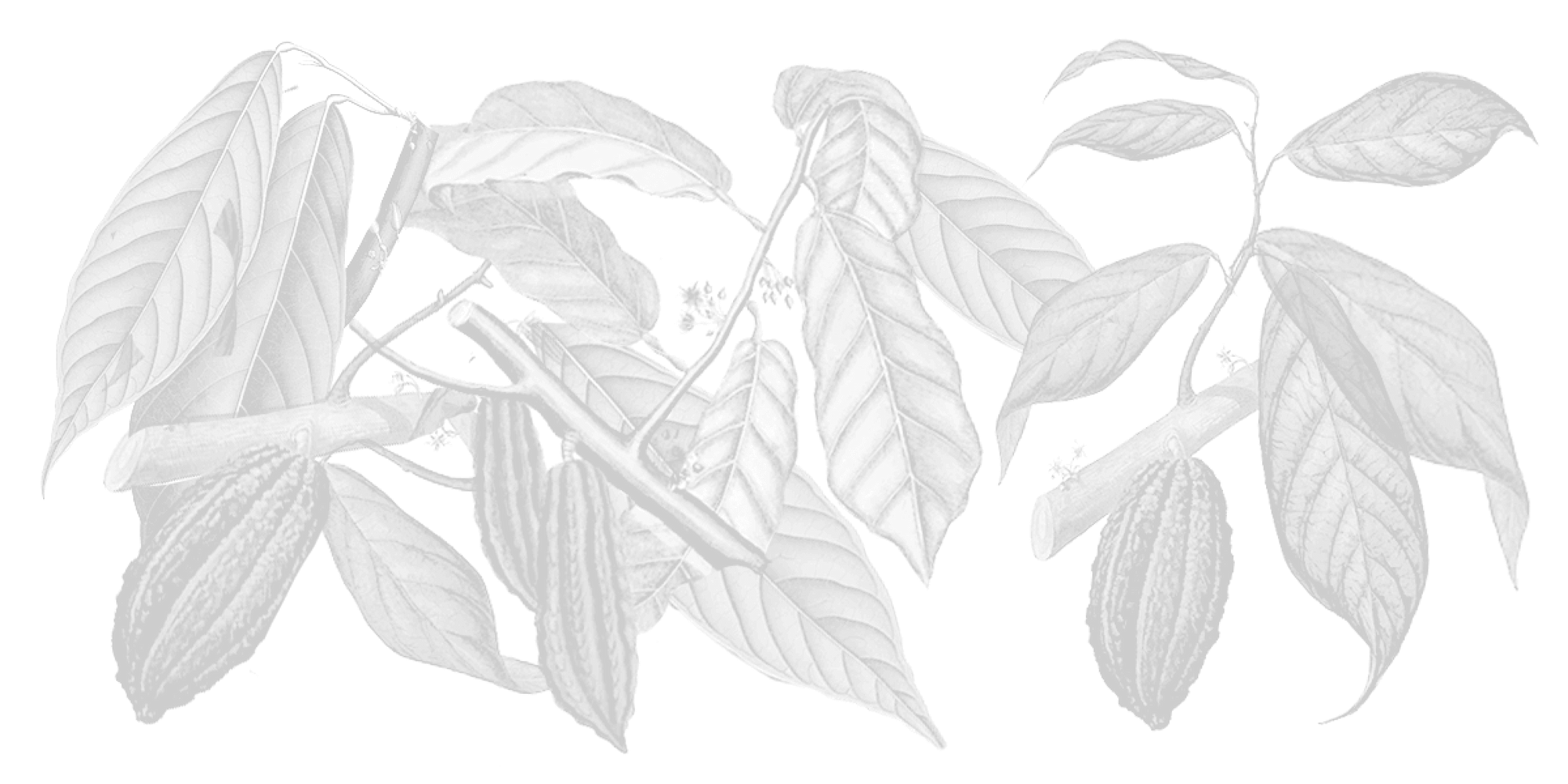
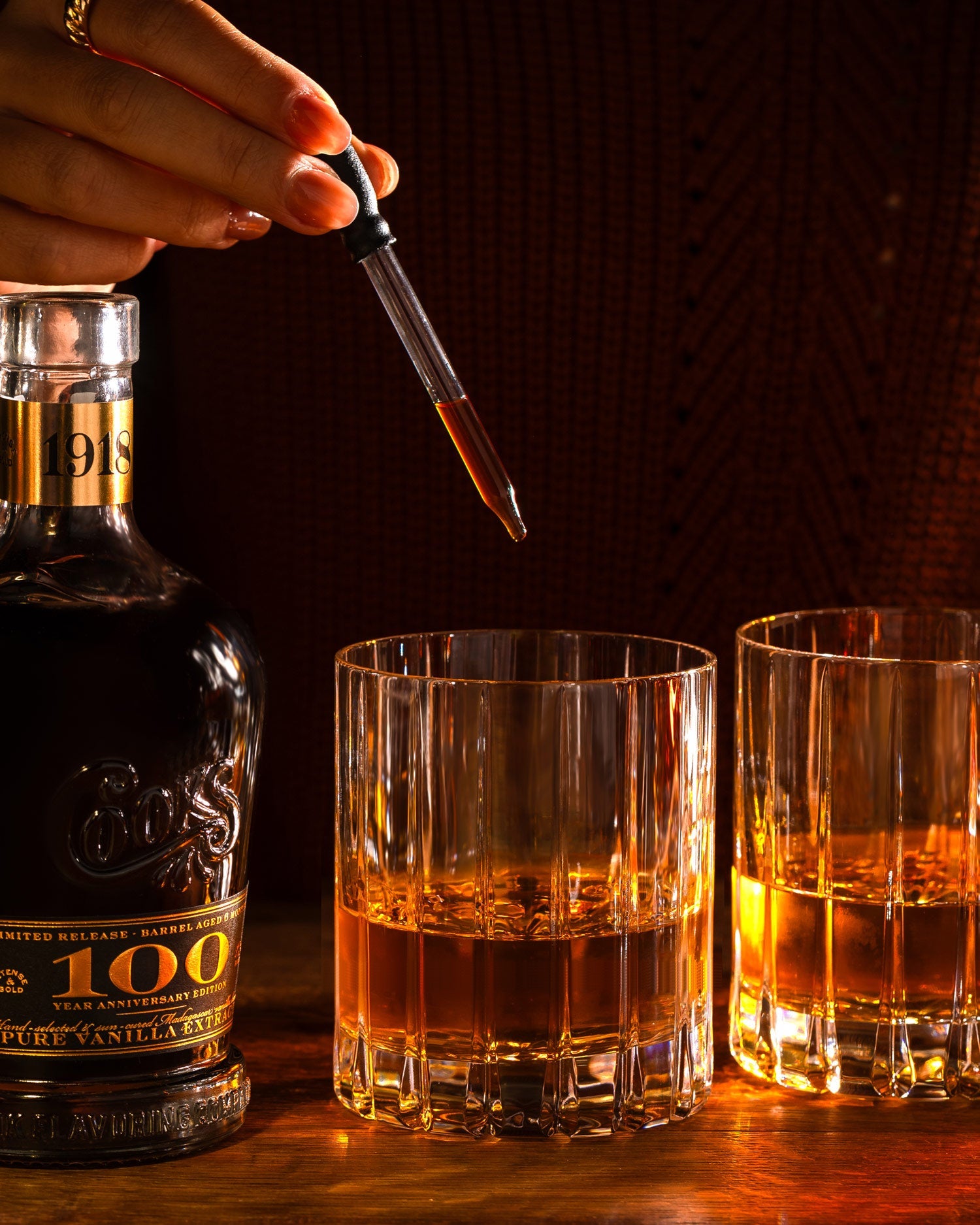

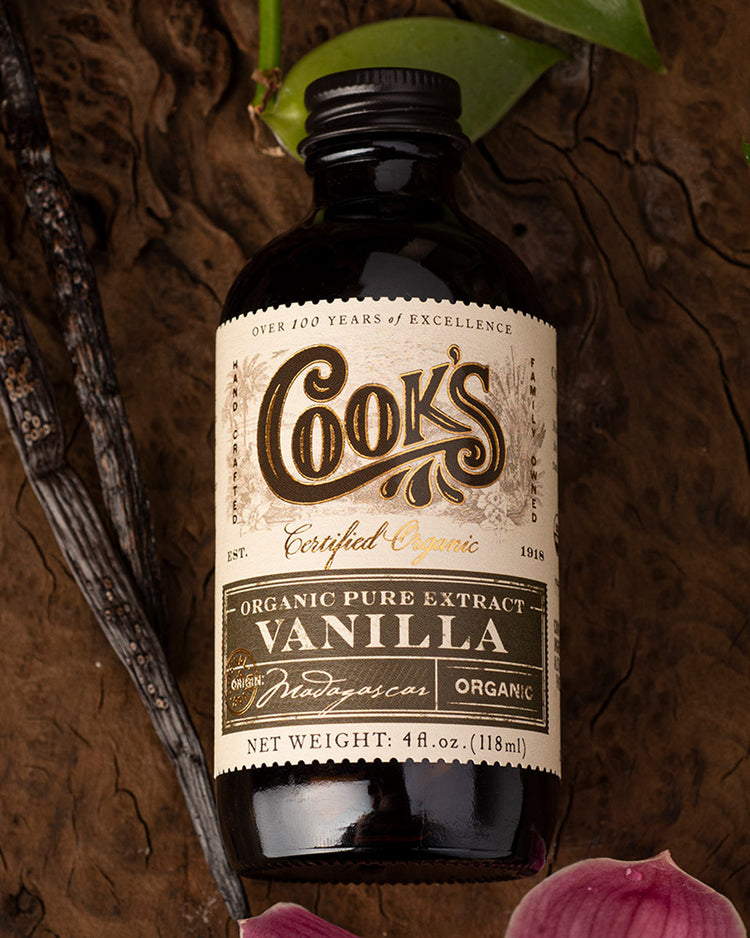
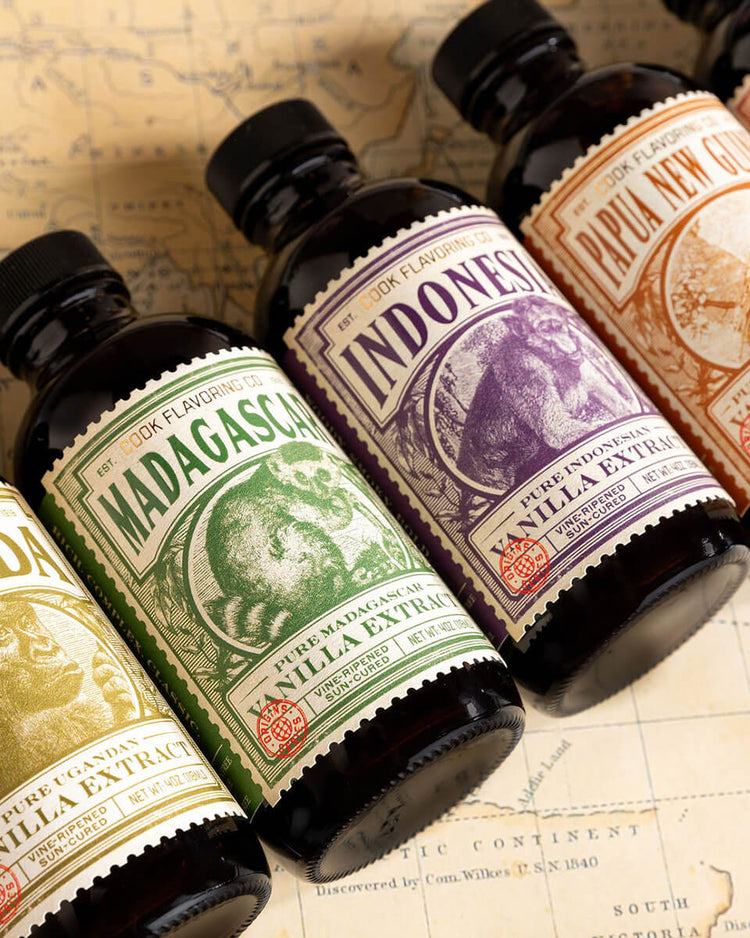


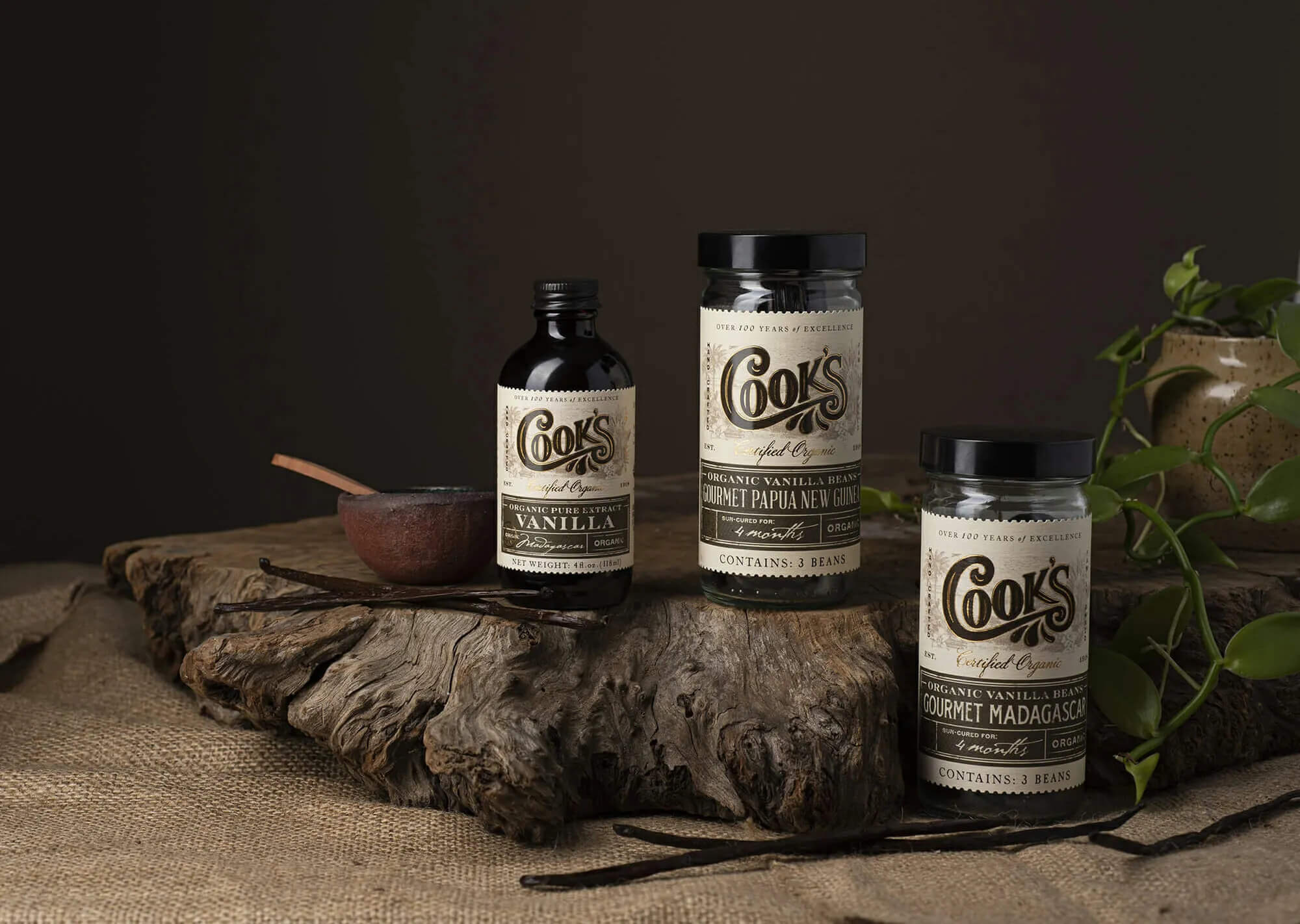
Comments